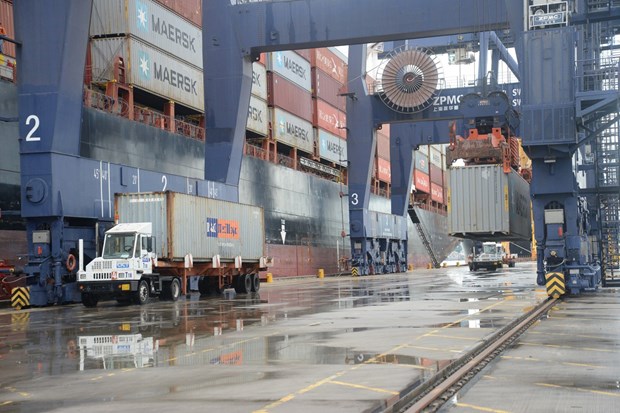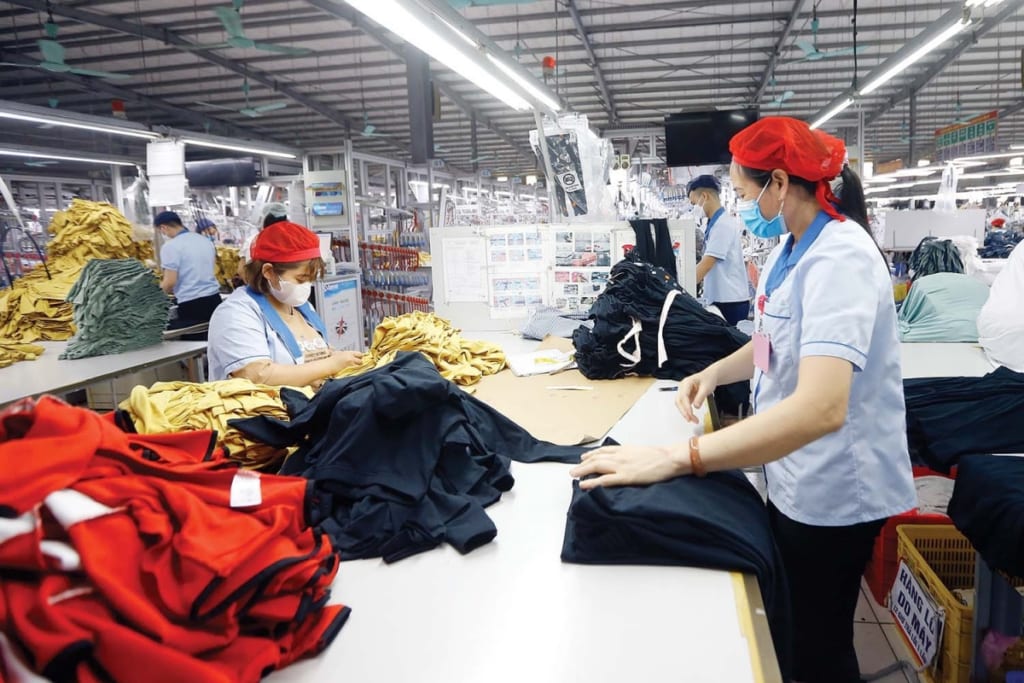
Introduction
Vietnam, a land of rich history and stunning landscapes, is not only known for its natural beauty but also for its thriving economy. At the heart of this economic dynamism lies the Vietnam working age population, a demographic that plays a pivotal role in shaping the nation’s present and future. In this article, we will delve deep into this vital aspect of Vietnam’s society, exploring its composition, significance, and the opportunities it presents. Join us on this journey as we uncover the untapped potential of Vietnam’s working age population.
Vietnam Working Age Population: An Overview
The Vietnam working age population refers to individuals between the ages of 15 and 64 who are actively engaged in the labor force. This age group forms the backbone of the nation’s workforce, driving economic growth and development. Let’s take a closer look at some key aspects:
Demographics of the Working Age Population
Understanding the demographics of this population segment is crucial to appreciating its impact fully. In Vietnam, this group is diverse, reflecting the nation’s multicultural heritage. With a population exceeding 95 million, Vietnam boasts a significant working-age cohort, contributing to its status as one of Southeast Asia’s fastest-growing economies.
Employment Opportunities
The Vietnam working age population is a vibrant and eager workforce, ready to take on diverse roles across various sectors. As the nation modernizes, opportunities abound in manufacturing, technology, agriculture, and services. Foreign investments have also played a pivotal role in creating jobs and driving economic growth.
Education and Skill Levels
Vietnamese youth are increasingly pursuing higher education and vocational training, equipping themselves with the skills needed to excel in today’s competitive job market. The government’s commitment to education and skill development has led to a more skilled and adaptable workforce.
Harnessing the Potential
The Role of Technology
In an increasingly digital world, technology has transformed the way businesses operate. Vietnam’s working-age population is quick to embrace technological advancements, making them valuable assets in industries ranging from IT to e-commerce.
Entrepreneurship and Innovation
Vietnamese youth are not only job seekers but also job creators. The entrepreneurial spirit is thriving, with startups and small businesses proliferating. This trend bodes well for the nation’s economic future, as innovation and creativity become driving forces.
Global Integration
Vietnam’s strategic location and participation in international trade agreements have made it an attractive destination for foreign businesses. The working-age population’s adaptability to global markets positions Vietnam as a regional economic powerhouse.
Challenges and Solutions
While the Vietnam working age population presents immense opportunities, it also faces certain challenges:
Income Disparities
Rapid economic growth has led to income disparities within the population. Addressing these disparities is crucial to ensuring that the benefits of growth are shared equitably.
Education Quality
While strides have been made in education, ensuring high-quality education for all remains a challenge. Continued investment in education infrastructure and curriculum development is essential.
Environmental Sustainability
As industrialization continues, environmental concerns arise. Balancing economic growth with sustainability is a complex challenge that requires innovative solutions.
Frequently Asked Questions
Q: What is the size of Vietnam’s working age population?
A: Vietnam’s working age population exceeds 70 million, making it one of the largest in Southeast Asia.
Q: How has foreign investment impacted job creation?
A: Foreign investments have played a pivotal role in creating job opportunities across various industries, contributing to economic growth.
Q: What measures are in place to address income disparities?
A: The government is implementing policies aimed at reducing income disparities, including progressive taxation and social welfare programs.
Q: Is the Vietnamese workforce adaptable to global markets?
A: Yes, the Vietnamese workforce is known for its adaptability and willingness to engage in global markets, attracting foreign businesses.
Q: How can Vietnam balance economic growth with environmental sustainability?
A: Sustainable practices, renewable energy initiatives, and stricter environmental regulations are steps being taken to address this challenge.
Q: What are the key sectors where the working-age population is employed?
A: The working-age population is engaged in diverse sectors, including manufacturing, technology, agriculture, and services.
Conclusion
Vietnam’s working age population is not just a demographic statistic; it represents a dynamic force that is shaping the nation’s future. With a diverse and skilled workforce, an entrepreneurial spirit, and a willingness to embrace technology and globalization, this population segment holds the key to Vietnam’s continued economic success. As the nation faces its fair share of challenges, it is also poised to find innovative solutions that will not only benefit its people but also contribute to the broader global community.
In conclusion, the Vietnam working age population is a beacon of hope and potential, and as it continues to evolve and adapt, it will undoubtedly play a pivotal role in Vietnam’s journey toward prosperity and progress.
Follow our channel for more updated news of Vietnamese labour market



